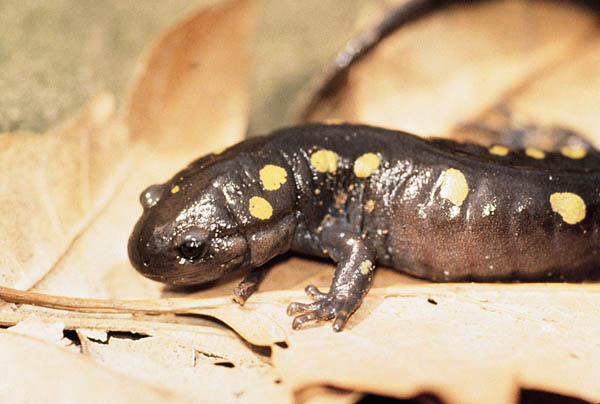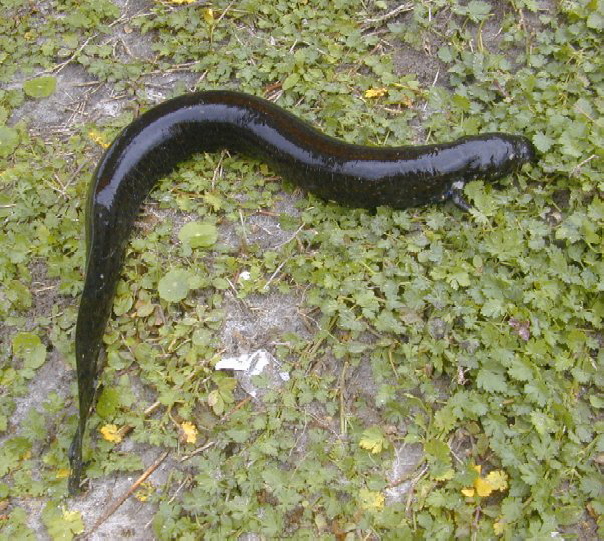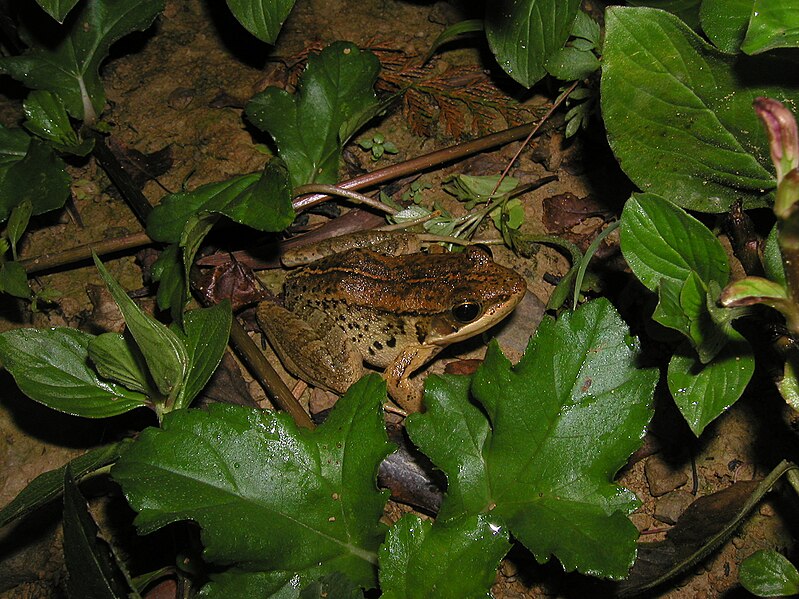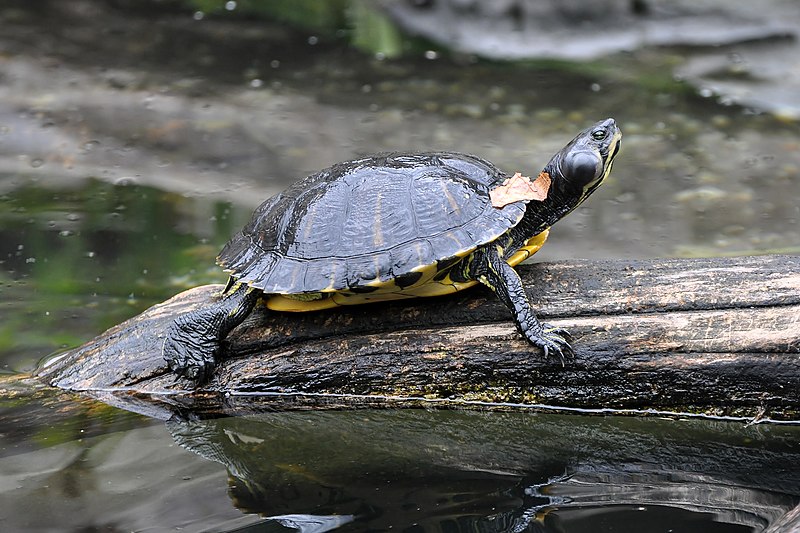 Early spring is a favorite time for amphibian enthusiasts. Here in the northeastern USA, a spectacular event is unfolding, as Wood Frogs, Tiger and Spotted Salamanders, Spring Peepers and others head en masse for their breeding ponds. I’ve been visiting one pond, first shown to me by herpetologist John Behler, for nearly 30 years. When luck is with me, I can see 3 amphibian species, along with fairy shrimp and other interesting creatures, in a single evening (please see article below).
Early spring is a favorite time for amphibian enthusiasts. Here in the northeastern USA, a spectacular event is unfolding, as Wood Frogs, Tiger and Spotted Salamanders, Spring Peepers and others head en masse for their breeding ponds. I’ve been visiting one pond, first shown to me by herpetologist John Behler, for nearly 30 years. When luck is with me, I can see 3 amphibian species, along with fairy shrimp and other interesting creatures, in a single evening (please see article below).
The small vernal (temporary) pools used by many amphibians are fragile habitats, and quickly spoiled by pollutants; that many are near roads worsens the situation. With their highly-permeable skins, amphibians are especially sensitive to changes in water quality. The recent finding that Spotted Salamanders (Ambystoma maculatum) may be evolving defenses against roadside toxins is a rare light at the end of the rather dismal “amphibian conservation” tunnel. Read More »
 That Reptile Blog – Reptile, Amphibian and Exotic Pet Care and Information
That Reptile Blog – Reptile, Amphibian and Exotic Pet Care and Information




